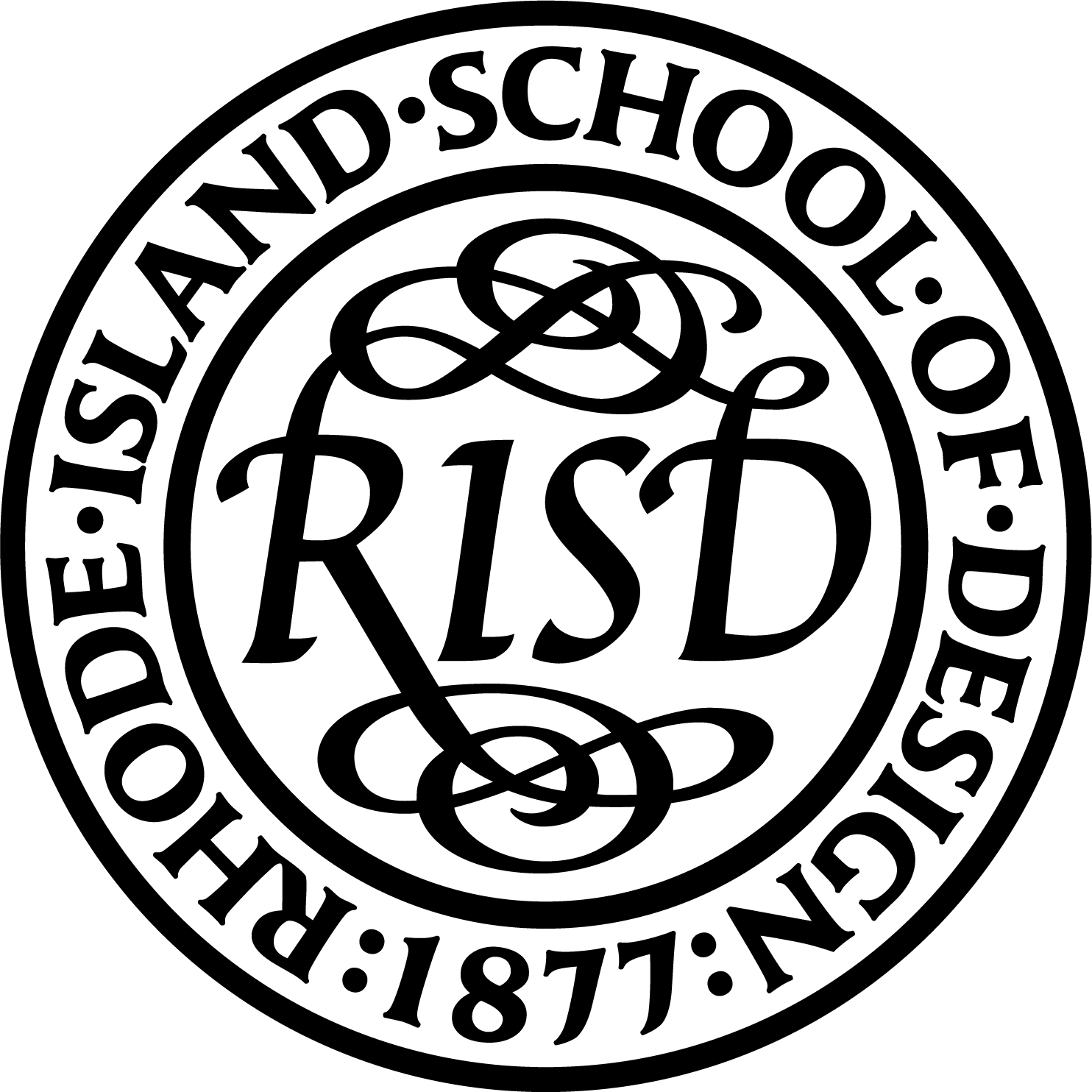Bioplastics Photoluminescence




︎ Creator:
Tobias Cochran
︎ Supervisors: Jennifer Bissonnette & Peter Yeadon
This study focuses on exploring the mechanical and chemical strengths and weaknesses of bioplastic. The bioplastic is primarily made of glycerin, gelatin, potato starch, and water. Cochran searched for the best combination of ingredients that would result in a sturdy and reliable, yet biodegradable, material. His initial experiments involved layering hemp fibers and string into the mix before it hardened into a bioplastic.
The aim was to mimic the mechanical strength of carbon fiber and the process by which it is constructed. While carbon fibers are incredibly strong and light, they will not biodegrade. Cochran sought to create a material that, while unlikely to rival carbon fiber’s strength, could be similarly versatile, and biodegradable.
Simultaneously, Cochran experimented with increasing the bioplastic’s strength by turning it into tubes. Ultimately, the hope was to utilize the techniques of constructing with fibers and tubes to develop products that are durable and retain a level of reliability throughout their intended lifetime, returning to the soil when disposed of or abandoned.
The photoluminescent bioplastics are based on this precedent.
︎ Supervisors: Jennifer Bissonnette & Peter Yeadon
This study focuses on exploring the mechanical and chemical strengths and weaknesses of bioplastic. The bioplastic is primarily made of glycerin, gelatin, potato starch, and water. Cochran searched for the best combination of ingredients that would result in a sturdy and reliable, yet biodegradable, material. His initial experiments involved layering hemp fibers and string into the mix before it hardened into a bioplastic.
The aim was to mimic the mechanical strength of carbon fiber and the process by which it is constructed. While carbon fibers are incredibly strong and light, they will not biodegrade. Cochran sought to create a material that, while unlikely to rival carbon fiber’s strength, could be similarly versatile, and biodegradable.
Simultaneously, Cochran experimented with increasing the bioplastic’s strength by turning it into tubes. Ultimately, the hope was to utilize the techniques of constructing with fibers and tubes to develop products that are durable and retain a level of reliability throughout their intended lifetime, returning to the soil when disposed of or abandoned.
The photoluminescent bioplastics are based on this precedent.
